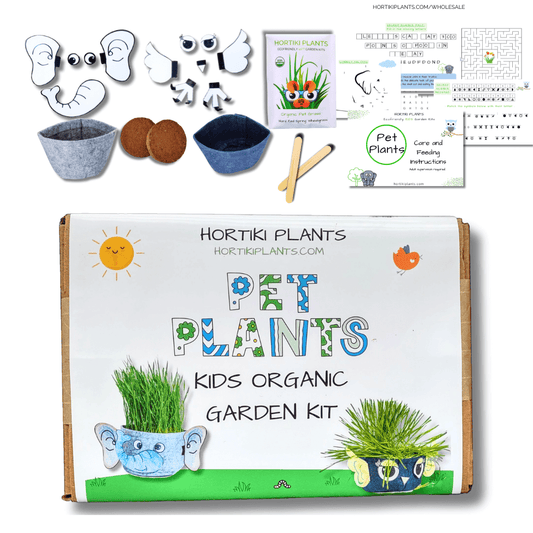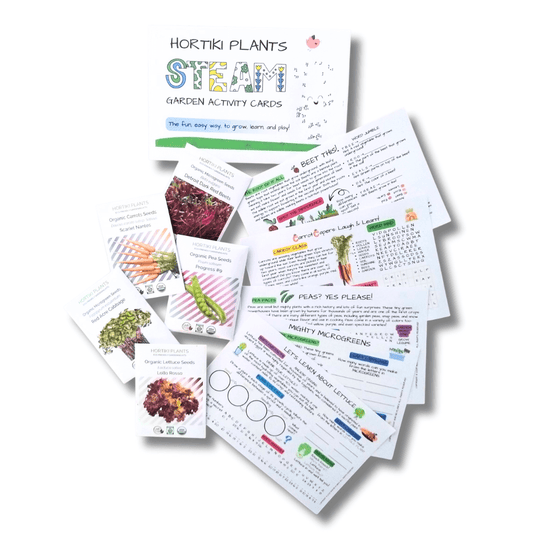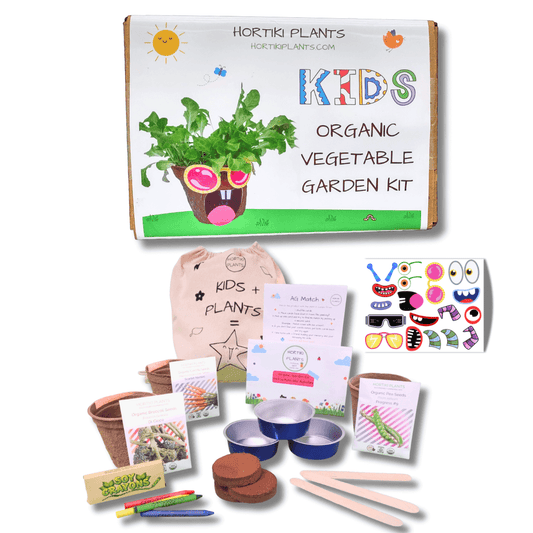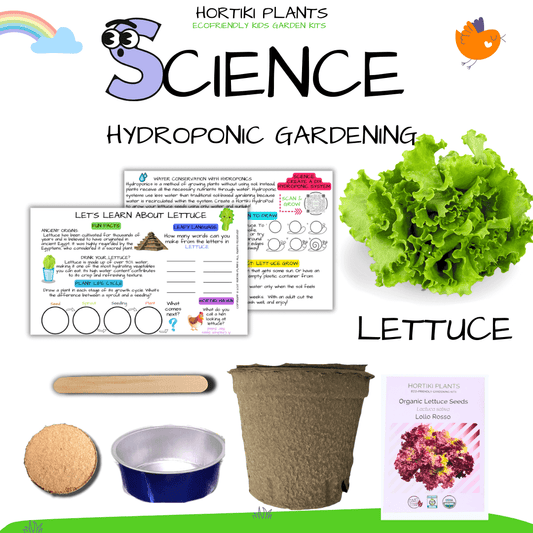Learn Photosynthesis: Easy Winter Garden Projects for Kids
Hortiki Plants
Even though it’s cold outside, winter is a great time to teach kids about the science of how plants grow. Understanding how photosynthesis works and the plant life cycle can deepen their appreciation for gardening and spark their curiosity about the natural world. This simple, kid-friendly lesson will explain how plants grow, even in winter, and how photosynthesis helps plants make their own food.
- What is Photosynthesis?
Photosynthesis is how plants create their own food using sunlight, water, and carbon dioxide from the air. Here’s a simple way to explain it to kids:
- Sunlight as Energy: Explain to your kids that plants need sunlight, just like we need food. Plants “eat” sunlight and use it as energy to grow.
- Water and Air: Plants also need water (which they absorb through their roots) and carbon dioxide from the air (which they absorb through their leaves).
- The Magic of Chlorophyll: Chlorophyll is what makes plants green and helps them capture sunlight. With sunlight, water, and carbon dioxide, plants can make their own food in their leaves, which helps them grow.
- Conduct a Fun Photosynthesis Experiment
You can demonstrate the basics of photosynthesis at home with a simple experiment. All you need is a plant, a clear plastic bag, and a sunny window.
- Step 1: Pick a plant and cover one of its leaves with a clear plastic bag. Make sure the leaf is still attached to the plant.
- Step 2: Place the plant in a sunny spot by the window.
- Step 3: After a few hours, observe the bag. Tiny water droplets will form inside—this is water the plant has released during photosynthesis!
Ask your kids why they think the water formed and explain that it’s part of how plants process sunlight to make food.
- Explore the Plant Life Cycle
Teaching kids about the plant life cycle is a great way to help them understand how plants grow, from tiny seeds to full-grown plants. Here’s a basic overview:
- Seed: The life cycle begins with a seed. Explain that inside each seed is a tiny plant waiting to grow!
- Germination: When the seed is planted in soil and gets water and warmth, it begins to sprout. Roots grow down into the soil, and a shoot grows upward toward the sunlight.
- Seedling: As the shoot grows leaves, the seed becomes a young plant, or seedling. This is when the plant begins to make food through photosynthesis.
- Mature Plant: As the plant continues to grow, it reaches maturity and can produce flowers, fruits, or seeds of its own, completing the life cycle.
- Winter Plant Growth
Many plants go dormant in the winter, but some, like evergreens, continue growing slowly. You can teach your kids how certain plants adapt to survive the cold by conserving energy and water.
- Cold-Weather Crops: If you’re growing winter vegetables like kale or spinach, explain how these plants can tolerate cold weather and continue to grow even when temperatures drop.
By teaching your kids the science behind how plants grow, they’ll gain a deeper understanding of what happens in their own garden and develop a sense of wonder about the natural world—even in the middle of winter!



